Proposal to exempt port infrastructure in Hai Phong area for goods traveling by waterway
Vietnam Inland Waterways Administration proposes to exempt port infrastructure fees for goods and containers transported by inland waterways at seaports in the Hai Phong area.
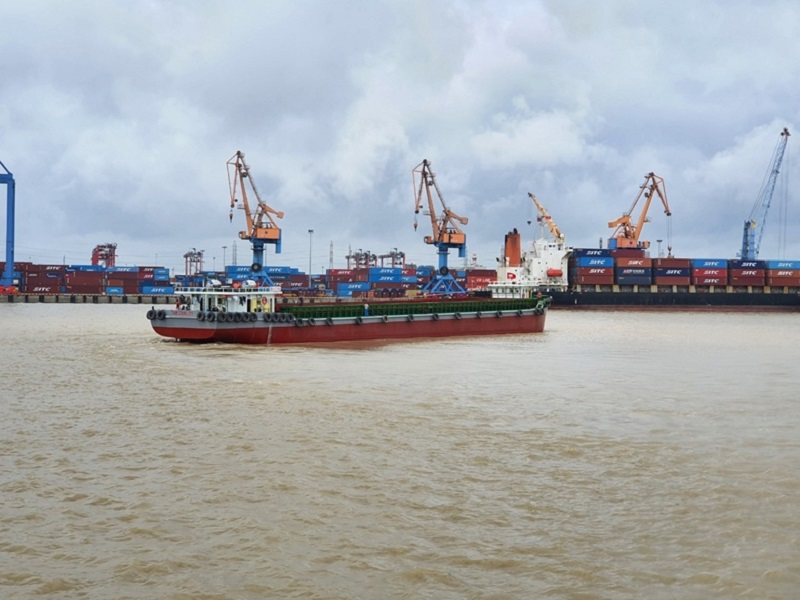 |
| 1 platform to transport imported containers from Hai Phong port cluster to Tan Cang - Que Vo ICD. |
The Vietnam Inland Waterways Administration has just sent an official dispatch to the Ministry of Transport regarding the continued proposal to exempt port infrastructure fees in the Hai Phong seaport area.
Accordingly, the Vietnam Inland Waterways Administration requested the Ministry of Transport to issue a document recommending the Hai Phong City People's Council to consider exempting port infrastructure fees for goods and containers transported by inland waterway to the city's seaport.
Mr. Hoang Minh Toan, Deputy Director of Vietnam Inland Waterways Administration, said that currently, goods transported by inland waterways to Hai Phong port area account for about 15% - 20% of the total volume of goods passing through the port; the proportion of inland waterway transport in Hai Phong seaport area is only about 1.5% - 1.8%.
Meanwhile, in the Ba Ria - Vung Tau seaport area, thanks to the good connection between inland waterways and seaports, goods are not charged fees for using infrastructure works, service works, and public utilities in the seaport gate area, so the rate of containerized goods transported by inland waterways reaches 70 - 80%.
According to the Vietnam Inland Waterways Administration, in early December 2022, the Hai Phong City People's Council issued Resolution No. 21/2-16/NQ-HDND stipulating a 50% reduction in fees for goods of fee payers when entering and leaving the port by inland waterway vehicles operating on waterways.
Maintaining the current level of port infrastructure fees of Hai Phong City for inland waterway vehicles has significantly increased transportation costs; at the same time, increased logistics costs for businesses.
“Implementing this fee does not encourage goods to be transported by inland waterways, reduces pressure on road infrastructure and does not promote the development of inland waterway transport,” said the leader of the Vietnam Inland Waterways Administration.
In fact, inland waterway transport vehicles only use natural waterways and maritime routes connecting to seaports (mainly managed by units of the Ministry of Transport, performing maintenance, ensuring operating conditions) and the bridge and wharf systems in seaports (mainly invested by seaport enterprises, ensuring operating conditions), not using local infrastructure connecting to seaports (such as bridge systems, roads, overpasses at traffic intersections managed by localities, ensuring operating conditions).
At the same time, inland waterway vehicles when handling goods at seaports have paid fees and maritime charges to the Port Authority and wharf service prices to seaport businesses.
According to the assessment of the Vietnam Inland Waterways Administration, inland waterway transport and coastal transport play an increasingly important role in the transport industry, annually contributing about 19% of the volume of transported goods and more than 20% of the volume of goods circulated in the entire transport industry.
However, to maintain and promote the role of inland waterway transport in the coming time, there must be support mechanisms and policies to reduce costs and increase the competitiveness of inland waterway transport. Inland waterway vehicles transporting goods only use waterways, do not cause traffic jams, do not use infrastructure works, service works, and local public utilities in the seaport gate area.
Therefore, the additional fee for goods transported by waterway increases the burden on businesses, creates a situation of overlapping fees, and reduces the competitiveness of waterway transport businesses.
“If competent authorities exempt the use of infrastructure works, service works, and public utilities in the seaport gate area for goods transported by inland waterways, it will reduce the cost of transporting goods by inland waterways, positively impacting the goal of transforming the transport structure, goods will be transferred from road to inland waterways, reducing congestion and traffic accidents on roads,” the leader of the Vietnam Inland Waterways Administration analyzed.
Source: https://baodautu.vn/de-xuat-mien-phi-co-so-ha-tang-cang-bien-khu-vuc-hai-phong-doi-voi-hang-hoa-di-duong-thuy-d219870.html


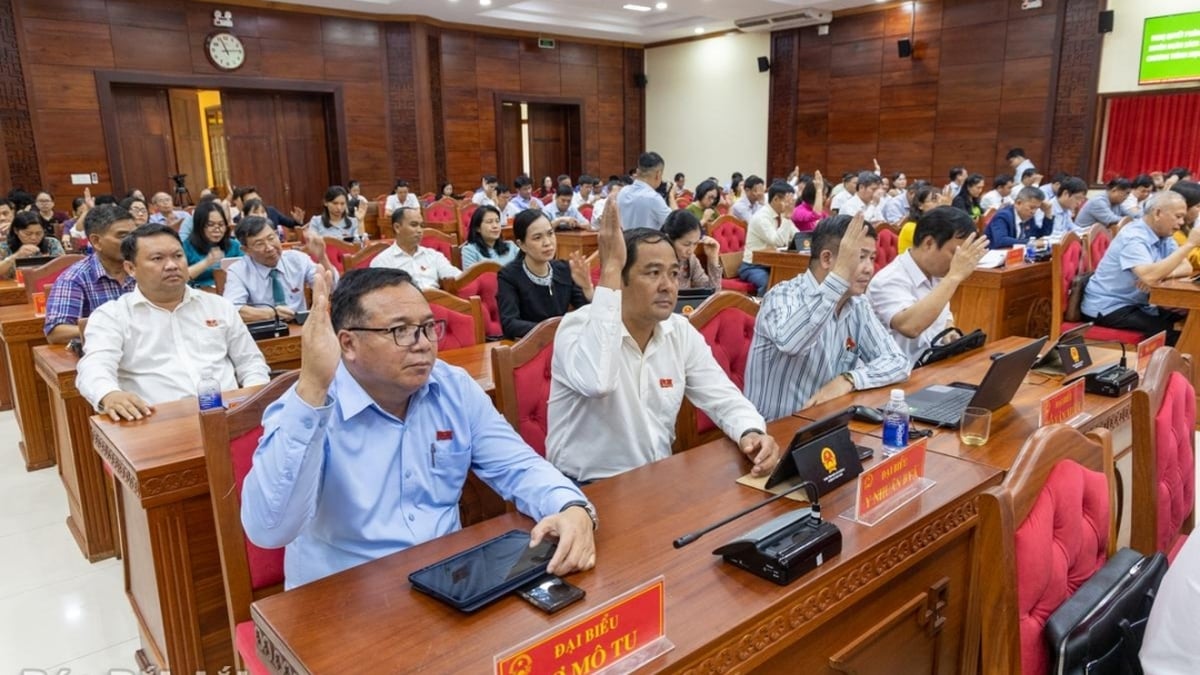
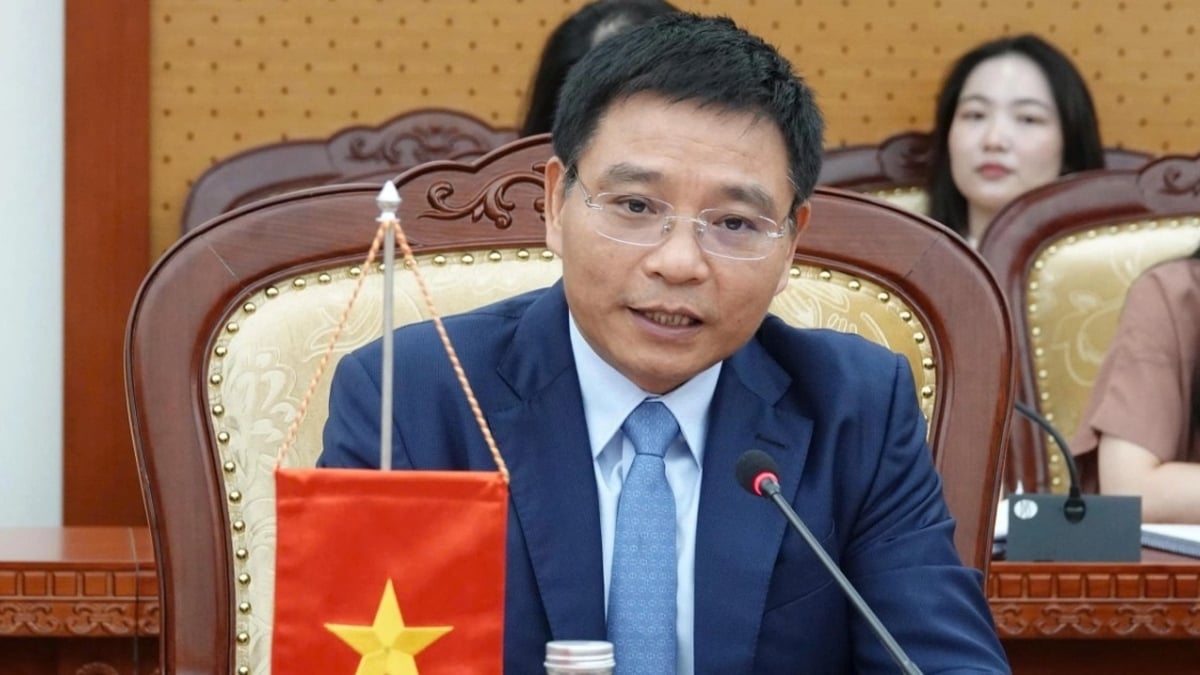

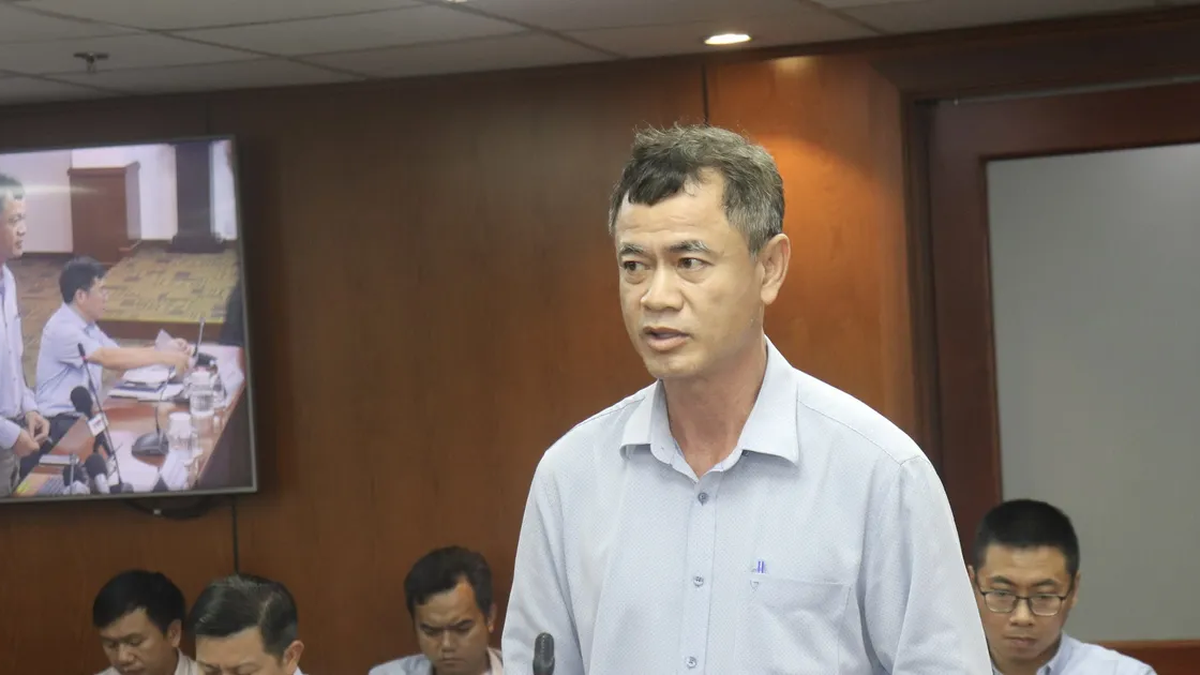

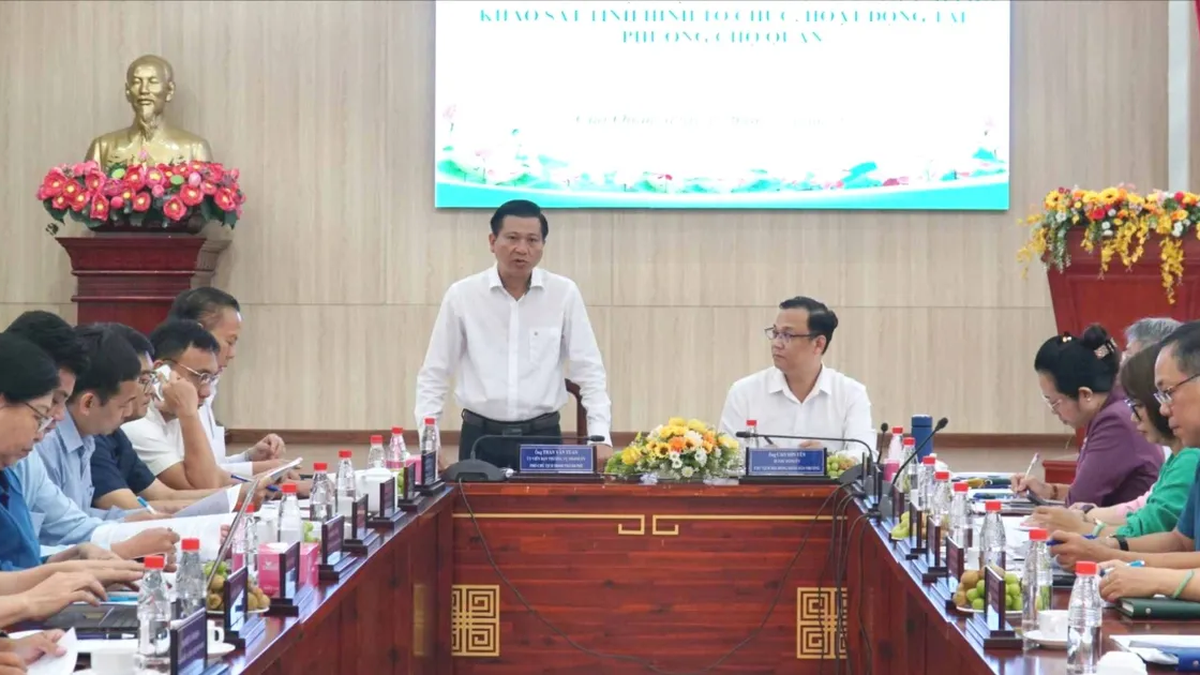

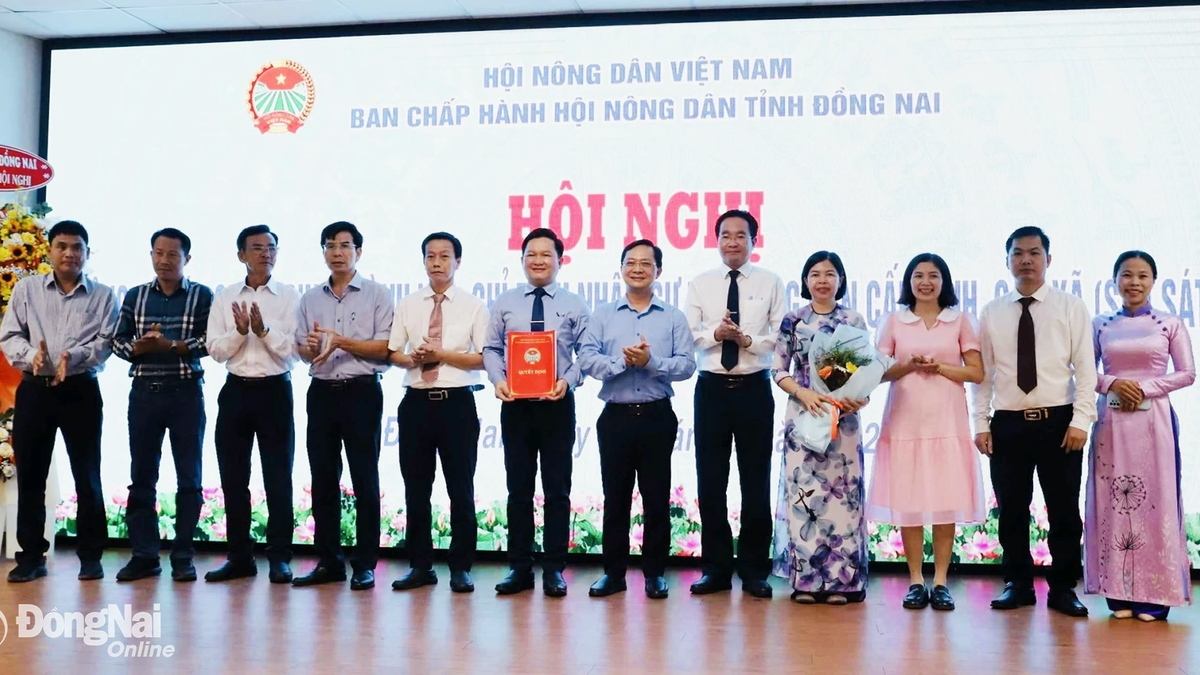
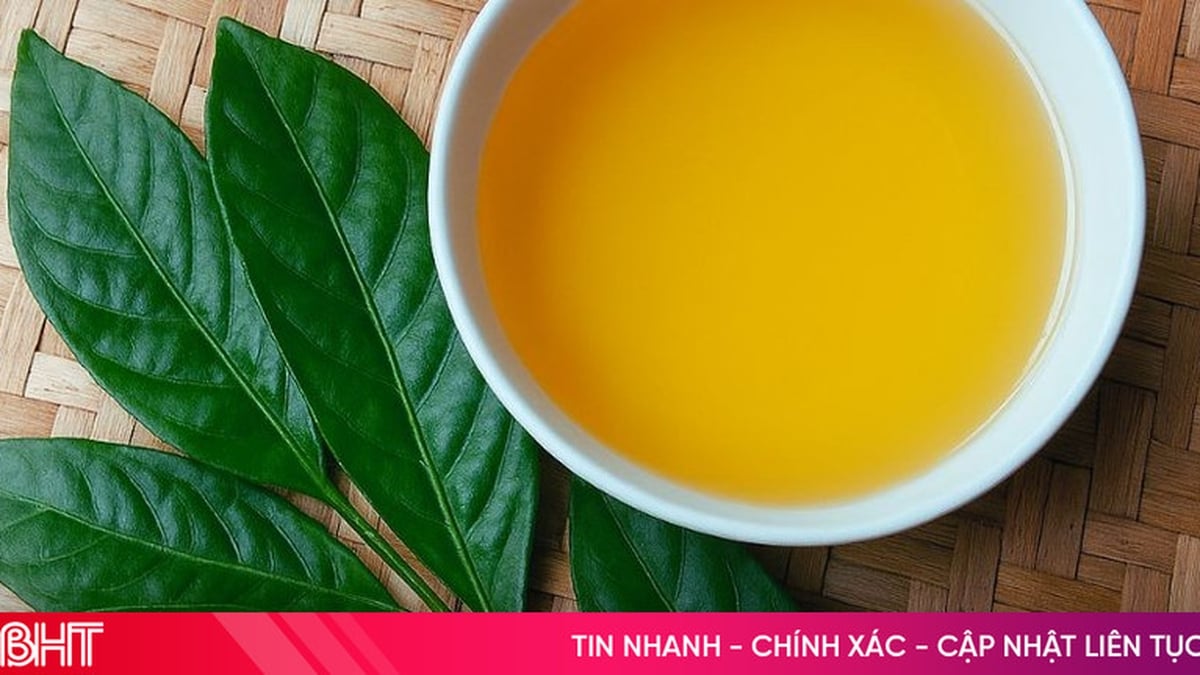
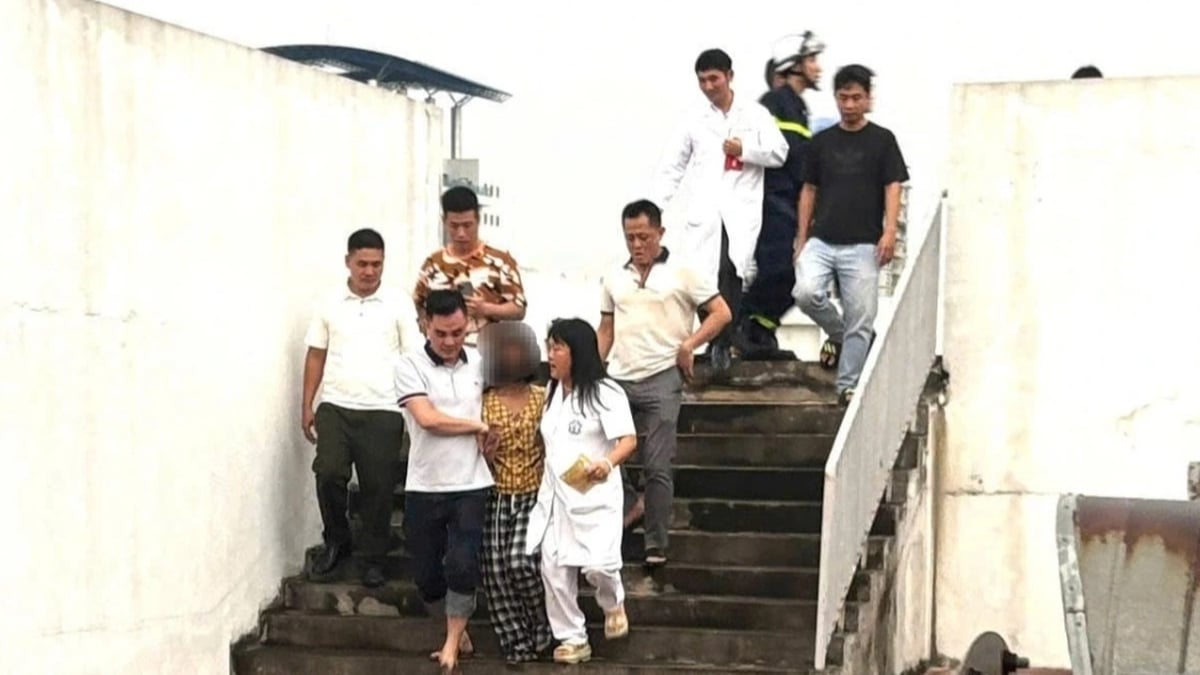













































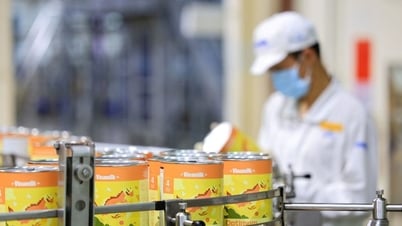









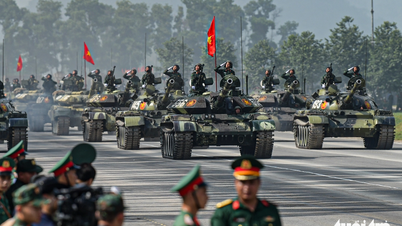






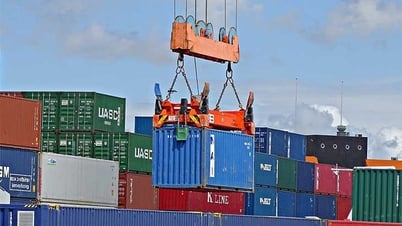
























Comment (0)